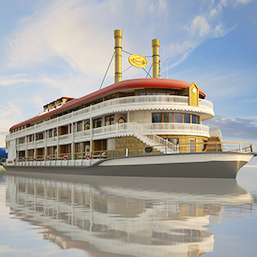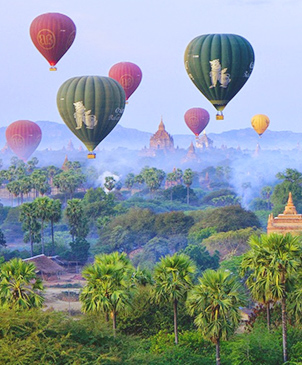
Balloon Ride Tour
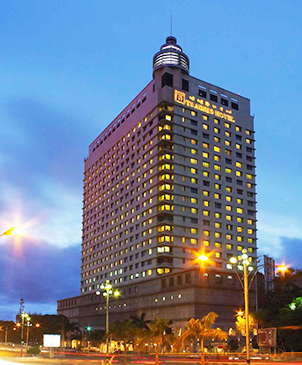
Hotels in Myanmar

Air Ticket Service

Car Rental Service

Express Bus Ticket
Bagan's Environs
Bagan is one of the richest archaeological sites in Asia. It is also well-known as the city of Million Pagodas. The monuments seem to overwhelm the landscape. There are about 2,000 Pagodas covering an area of 16 square miles on the eastern banks of the Ayeyarwaddy River in central Myanmar. The ancient city of Bagan became famous in 11th century during the reign of King Annawrahta.
How to get there
There are daily flights between Yangon and Bagan which take an hour and ten minutes. There are regular Express Coach services to Bagan from Yangon and Mandalay. There are also regular flights from Mandalay and Heho to Bagan which take only 20 minutes. Express Trains from Yangon and Mandalay stop at Nay-Pyi-Taw Junction, from/ where it is accessible to Bagan by 12-hours’ drive. There are a double- Decker steamer services between Mandalay and Bagan and a luxury cruise ‘Road to Mandalay’.
Where to stay
Bagan and Nyaung U have hotels and guest houses or motels with modern facilities at reasonable prices.
Where to see
Shwezigon Pagoda
This is a solid pagoda, a cylindrical structure resting on three square terraces. It is a prototype of Myanmar stupa. This stupa was built by King Anawrahta in A.D. 1059, but completed by King Kyansittha n A.D. 1090. Shwezigon stupa is the most sacred pagoda in Bagan because of the relics of the Buddha such as the frontal bone and the Sacred Tooth.
Ananda Temple
The Ananda Temple is the most artistic and graceful temple in Bagan. It was built by King Kyansittha in 1091 A.D. The name symbolizes “the endless wisdom” (Ananta Panna) of the Buddha. The whole edifice is ornamented with plaster moldings, stone sculptures, wood carvings and glazed plaques. Because of it religious and historical significance, graceful architecture, and artistic accomplishment, Ananada Temple is the object of fame and admiration at home and abroad.
Thabinnyu Temple
Thabinnyu is the tallest monument in Bagan measuring 64ms in height. Thatbinnyu means “Omniscience”, one of the attributes of the Buddha. It was built by King Alaungsithu in the mid 12th century. The structure has five storeys. The first and second were used as residences of monks. Images of Buddha were kept on the third, and the 4th was used as library. The 5th floor was used as a repository in which holy relics are enshrined.
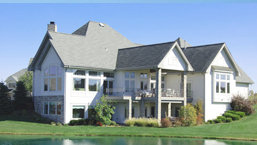
YTT Real Estate Services

Terms & Conditions

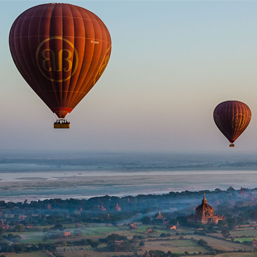
Who Recommended us
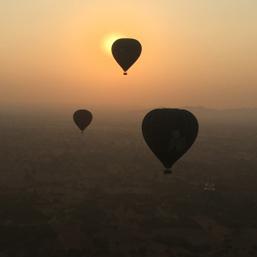
Who recommended us
Customer Feedback
Visitor Counter
YTT Business Group
ISO 9001 : 2015 Registration Company
- Seafarer Recruitment & Placement Services (Approved by DMA), American Bureau of Shipping (ABS) Quality Evaluations ISO 9001:2015 Quality Management System the Registration No : 55527)
- Travels & Tours (Recognized Member of ASTA, American Society of Travel Agents - Reg No. : 900258630 )
- Real Estate (House ,Condo ,Apartments, Flats and Land)
Licensed, Registered and Certified by:
 |
 |
 |
 |
 |
|
| Myanmar Hotel & Tourism | UMTA | DMA | ISO 9001:2015 | ASTA (American Society of Travel Agents) |
Contact Info
Yangon Head Office Address
No.631/A, 1st Floor, Aung Thitsar (2) Street, Thaketa Township, Yangon, Myanmar.
Tel : +95-9-264 254 488, +95-9-788 821 929
Skype: yttinternational
Email : ytt@ytt-international.com, tour@ytt-international.com
Bagan / Nyaung U Branch Office Address
Lanmadaw 2 Road ( Beside of Eden Motel-3 )Myoma Kwet Thit Ward ( No 3 Block ) Nyaung U, Mandalay.
(Near Nyaung U Market / Mani Sithu Market )
Tel : +95-9-761 690 802
Website : www.ytt-international.com, www.myanmartourismytt.com
 YTT Business Group
YTT Business Group

